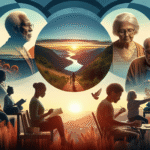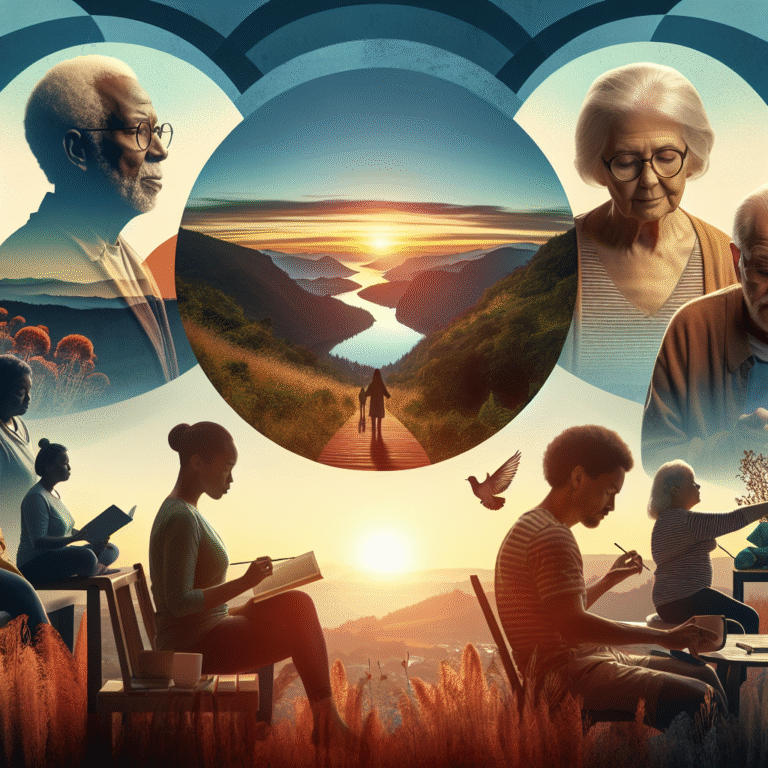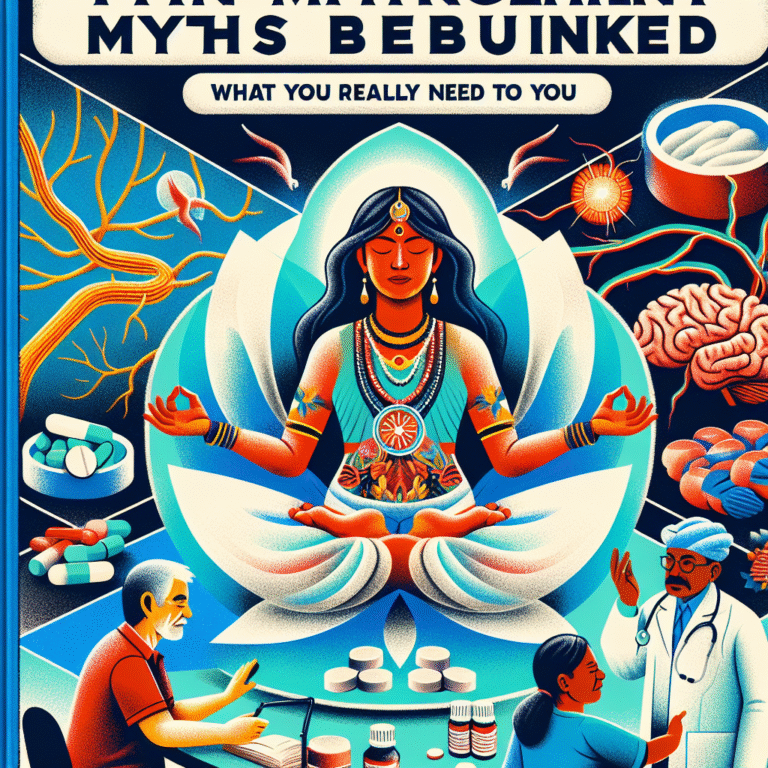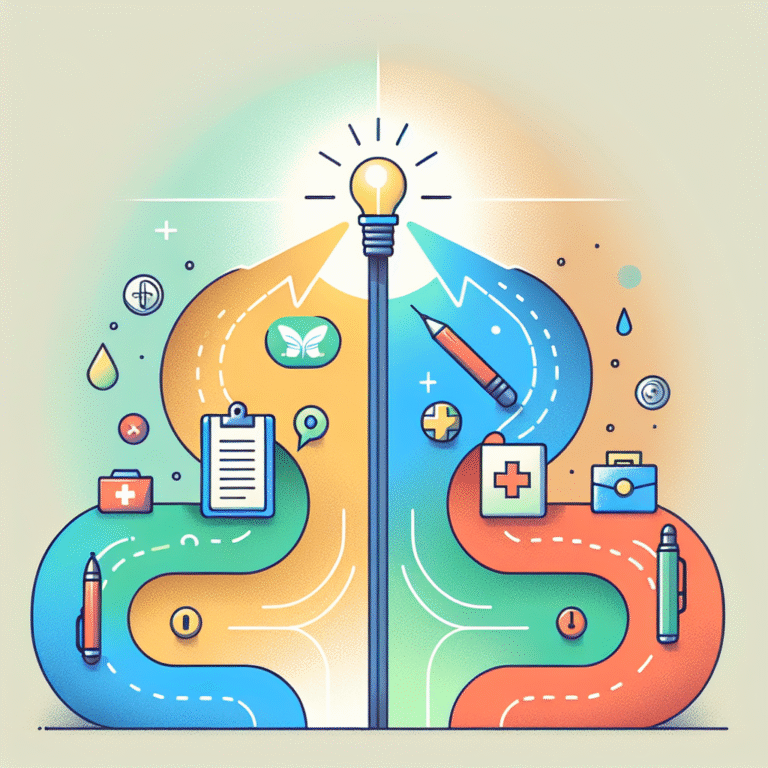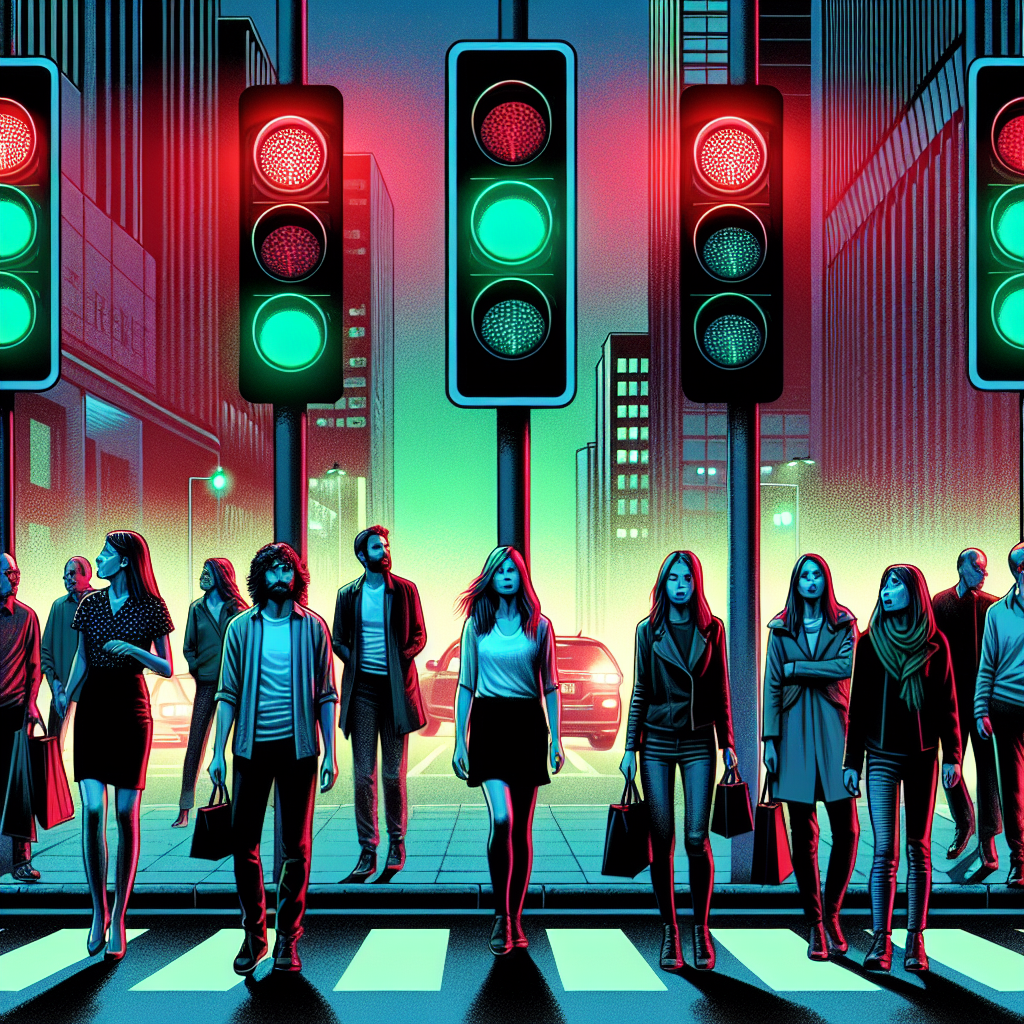
Introduction
Imagine this scenario: you’re driving down a busy urban street, and suddenly, the light shifts from green to red. Instinctively, your foot presses the brake pedal. But in that brief moment, a flurry of emotions rush over you—frustration, impatience, or maybe even a hint of resignation. This everyday experience encapsulates a fascinating aspect of human behavior. The interplay of red lights and green lights extends far beyond mere traffic signals; they represent emotional signals that reflect our behaviors, decisions, and interpersonal interactions.
Understanding the emotional signals of traffic behavior through the lens of "Red Lights and Green Lights: The Emotional Signals of Traffic Behavior" can provide us with invaluable insights into ourselves and others. In this article, we’ll explore how these traffic symbols resonate within us emotionally, influencing our stress levels, patience, and ultimately, our behaviors on the road and in life.
The Emotional Significance of Color
Understanding Color Psychology
Colors carry emotional weight, and their significance extends into the realm of traffic signals. For instance, red often signifies danger or caution, while green symbolizes safety and go-ahead. This section will delve into the psychology behind these colors and how they evoke specific emotional responses in drivers.
Table 1: Color Associations in Traffic Signals
| Color | Emotional Response | Driving Behavior |
|---|---|---|
| Red | Anxiety, Frustration | Slowing down, Braking |
| Green | Relief, Confidence | Accelerating, Moving Forward |
| Yellow | Caution, Uncertainty | Preparing to stop or go |
Case Study: The Impact of Red Lights on Stress Levels
A relevant example of emotional traffic behavior can be observed in a study conducted by the American Psychological Association. Researchers found that drivers experiencing frequent stops at red lights reported higher levels of stress and frustration compared to those who experienced fewer stops.
Analysis
This case study emphasizes that our emotional state can be significantly affected by seemingly simple traffic conditions. It raises questions about urban planning and the importance of understanding how these experiences can impact our overall mental well-being.
The Dynamics of Driving Behavior
Emotions Behind the Wheel: The Spectrum
When discussing "Red Lights and Green Lights: The Emotional Signals of Traffic Behavior," it’s vital to consider the full emotional spectrum experienced by drivers. From excitement and joy during a smooth drive to irritation and anger at delays, emotions play a crucial role.
Table 2: Driver Emotions and Related Behaviors
| Emotion | Behavior | Impact on Driving |
|---|---|---|
| Joy | Engaging in safe driving | Higher attention levels |
| Frustration | Aggressive lane changes | Increased risk-taking |
| Anxiety | Hesitation, over-cautious driving | Slower decision-making |
The Role of Empathy in Traffic Behavior
The way individuals react to traffic situations can often reflect their emotional states. For instance, a driver that encounters unexpected obstacles may either respond with empathy towards others or act with frustration.
Case Study: The Efficacy of Empathy Training
One study focused on the introduction of empathy training programs in driving schools. The results showed that students who underwent such training exhibited a significant reduction in aggressive driving behaviors, demonstrating how emotional awareness can transform traffic dynamics.
Analysis
This highlights the concept that understanding the emotional signals manifested by red lights and green lights can lead to improved road safety and a more pleasant driving experience.
The Impact of External Factors
Weather and Environmental Context
Though traffic lights often govern behavior on the road, external factors like weather conditions also influence how we react emotionally and behaviorally in traffic.
Case Study: Weather Effects on Driving Behavior
Research indicates that inclement weather—such as rain or snow—can lead to increased anxiety and decreased confidence among drivers. A survey found that individuals often experience elevated heart rates during adverse conditions, which can lead to heightened aggression or caution at red lights.
Analysis
These findings stress the importance of considering external variables when examining emotional signals in traffic behavior. Understanding how various elements contribute to our emotional responses can help reduce road accidents caused by poor decision-making.
Urban Design and Infrastructure
Urban design plays a critical role in shaping our emotional responses to traffic. In well-planned cities with efficiently timed lights, drivers report more positive experiences.
Case Study: Successful Urban Planning
Cities like Copenhagen have implemented smart traffic systems that utilize data to optimize traffic flow. Residents have reported a notable reduction in stress associated with commuting, correlating with improved emotional well-being.
Analysis
Planning and design are pivotal in managing emotional signals related to traffic behavior. This study reinforces the need for integrating emotional well-being considerations into urban planning.
Emotional Intelligence on the Road
What is Emotional Intelligence in Traffic?
Emotional intelligence (EI)—the ability to recognize and manage our emotions and those of others—holds immense importance in driving. Understanding our emotional signals can enhance road safety and improve interactions with other drivers.
Case Study: Programs that Promote EI Among Drivers
Some driving programs in various countries are now teaching emotional intelligence alongside driving skills. Early results indicate reduced accident rates and higher satisfaction among drivers.
Analysis
This trend underscores a critical evolution in traffic safety education. By cultivating emotional intelligence as a core component of driver training, we unleash the potential for safer roads and more understanding drivers.
The Ripple Effect of Traffic Emotions
How Our Emotions Influence Others
Traffic-related emotions don’t just end with the individual driver; these feelings can create a ripple effect on others. Impatience or anger often leads to aggressive driving behaviors, which can provoke similar reactions in nearby vehicles.
Case Study: An Examination of Road Rage Incidents
Analyzing road rage incidents, researchers found that a significant percentage of aggressive behaviors stemmed from feelings of helplessness or anxiety triggered by traffic light delays or congestion.
Analysis
This case further validates the concept of "Red Lights and Green Lights: The Emotional Signals of Traffic Behavior" as it illustrates how individual emotions can escalate into broader, more dangerous traffic situations.
Conclusion: The Path to Emotional Awareness
Understanding "Red Lights and Green Lights: The Emotional Signals of Traffic Behavior" provides us with more than just insights into our driving behaviors; it opens up new avenues for emotional awareness that can lead to enhanced road safety and improved interpersonal relations on the road. The signals of traffic aren’t merely regulatory tools; they serve as a profound metaphor for our emotional landscape, acting as mirrors reflecting our internal states.
In a world where emotional intelligence is increasingly valued, applying these principles on the road could cultivate a culture of empathy and understanding among drivers. If we embrace the emotional signals that red lights and green lights provide, we can transform driving from a daily chore into a more mindful and compassionate experience.
FAQs
1. How do emotional responses to traffic signals affect drivers?
Emotional responses can lead to different behaviors, such as increased stress from frequent red lights or driving aggressively when frustrated.
2. Are there programs that teach emotional intelligence in driving?
Yes, some driving schools have started incorporating emotional intelligence training to help drivers manage their emotions better, leading to safer driving.
3. Can the color of traffic lights influence mental health?
Several studies suggest that the stress of encountering many red lights can negatively impact mental health, highlighting the need for thoughtful urban design.
4. How does weather relate to emotional traffic behavior?
Adverse weather can amplify emotional responses, leading to heightened anxiety and aggressive behaviors, affecting driving patterns and safety.
5. What can cities do to minimize stress related to traffic signals?
Cities can invest in smart traffic management systems to optimize flow and reduce stop-and-go situations, improving emotional well-being among drivers.
This article aims to inspire not just reflection but action. By becoming more aware of "Red Lights and Green Lights: The Emotional Signals of Traffic Behavior," we can take steps toward making our roads safe and our commutes a collective experience steered by empathy and understanding.

